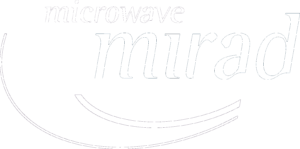The long distance communication between transmitter and receiver in satellite communications requires high gain antennas. The most popular form for large ground stations is a multi-reflector antenna layout. A highly efficient reflector antenna for ground stations is characterized by two components: The optical antenna layout, defined by mathematically shaped reflective surfaces, and a highly optimized feed system as primary radiator. Both of them work together in close synergy. MIRAD is known for its specialized feed systems, but also offers its customers a hidden added value.
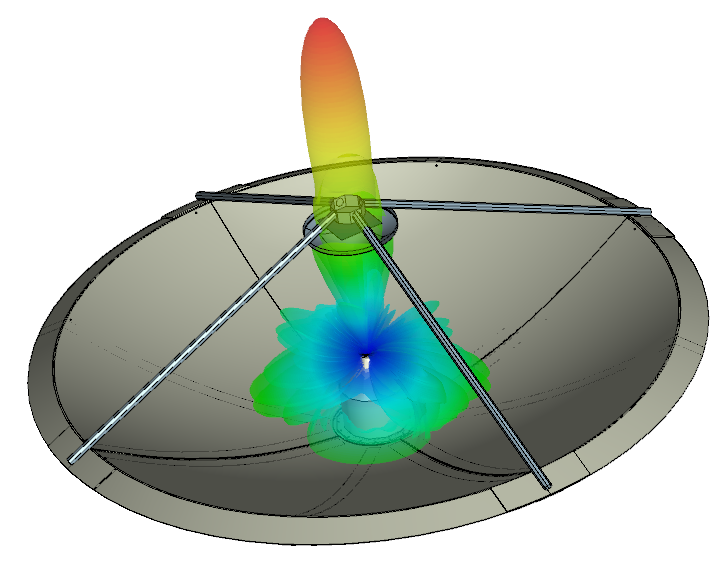
For decades, we have not only delivered excellent feed system designs, but also integrated them into well-suited and efficiency optimized antenna layout definitions. MIRAD is specialized in the design of the complete passive RF antenna systems. Our team offers a full-service portfolio specialised for antenna system integrators requiring a comprehensive RF expertise. Our service ranges from the initial requirements analysis and basic feed and antenna design up to customized, shaped reflectors and performance optimized antenna systems. It does not matter if it is a common Cassegrain configuration with a high gain feed horn or a multiband ring focus (ADE) solution including concentric multiband horn profiles, like our S/X/K-band coaxial feed system.
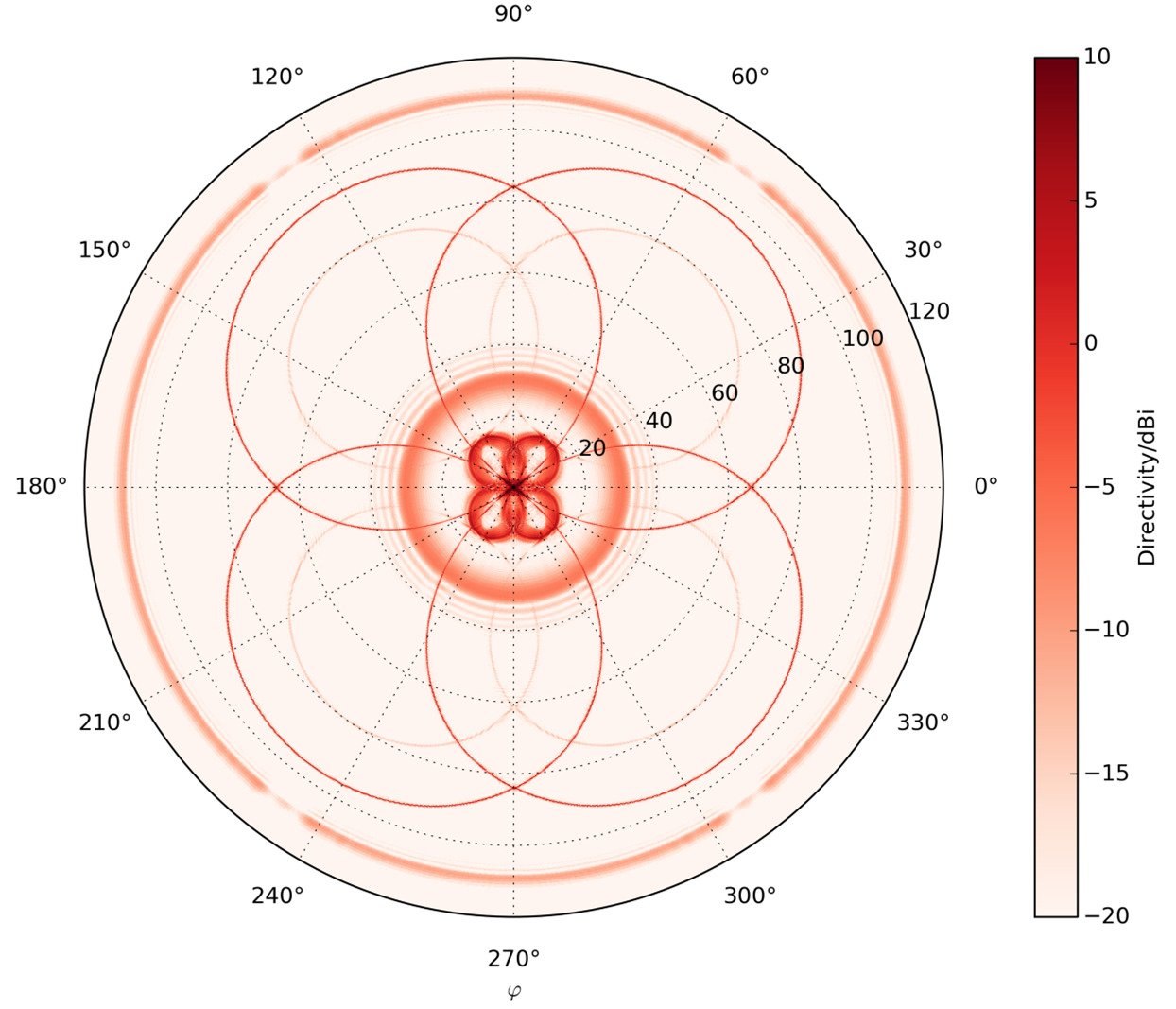
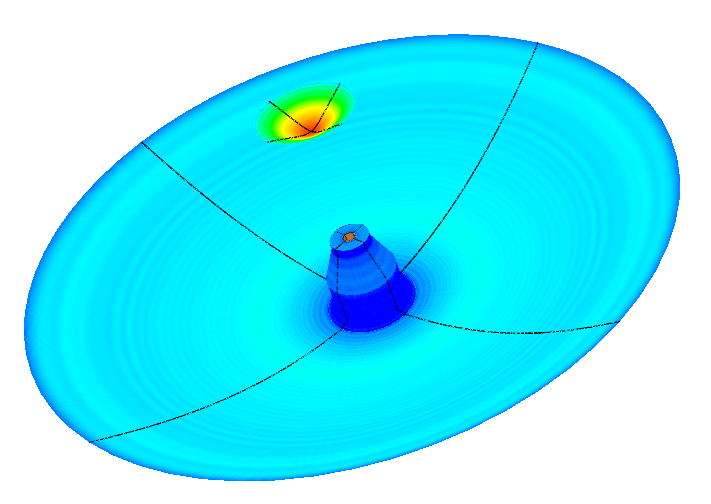
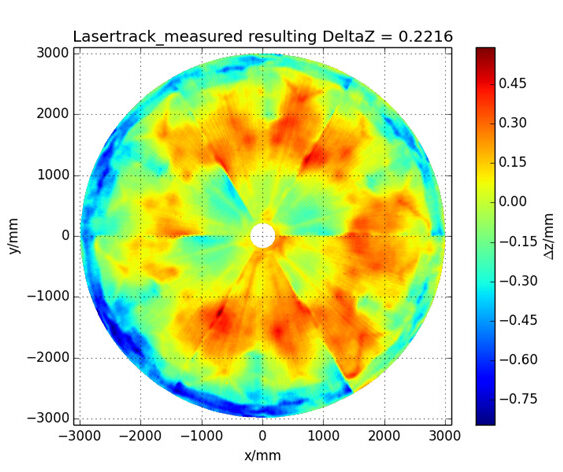
Our system analysis includes not only typical effects such as reflector illumination, spill-over or scattering effects, MIRAD also provides RF analysis of deformation effects caused by solar heating, gravity or different wind loads using state-of-the-art simulation tools. We are always focused to provide maximum value to the customer by performing reverse engineering for feed system retrofits and detailed surface accuracy estimations based on photogrammetry and laser-track measurements provided by the customer to be translated into RF pointing results and gain degradation models.
In addition to idealized G/T estimations using common atmospheric models, MIRAD supports our customers with detailed mechanical and environmental analyses targeting expected RF performance. Our final delivered reflector data are ready for further completion of our customers’ production drawings. In combination with the design of the feed horn and feed combiner network, the entire optimization of the antenna performance is from a single source, providing the best possible interface efficiency for our customers.
MIRAD has left some of its footprints especially in the latest large aperture ground station antennas segment, where customers have designed market ready multiband Ka/Q/V-band antennas, handling signals above 50GHz with high precision auto-tracking capabilities in Q-band. During the past 3 decades MIRADs engineering has been responsible for several antenna designs around the world, ranging from small aperture systems with diameters below 1m up to 35m beam-waveguide reflector antennas for ESAs deep space communication network.
The following reference antenna designs have been provided by MIRAD in the past:
- S/X-band Ring Focus Antenna (7m class)
- S/K-band Cassegrain Antenna (14m class)
- S/X/K-band Cassegrain Antenna (7m & 14m classes)
- X-band Cassegrain (several)
- Ku-band Cassegrain & Gregorian (several)
- C/Ku-band Cassegrain & Ring Focus Antennas (several)
- Ka-band Cassegrain Antennas (several)
- Q/V-band Cassegrain Antennas (several)
- Ka/Q/V-band Cassegrain Antenna (10m & 14m classes)
- Beam-Waveguide Deep Space Antenna (35m & 42m)
MIRAD microwave
Your reliable partner for Gigahertz Innovation
